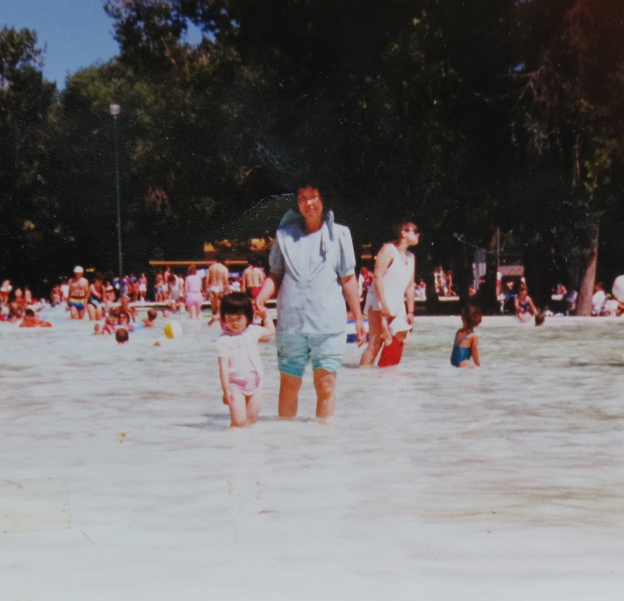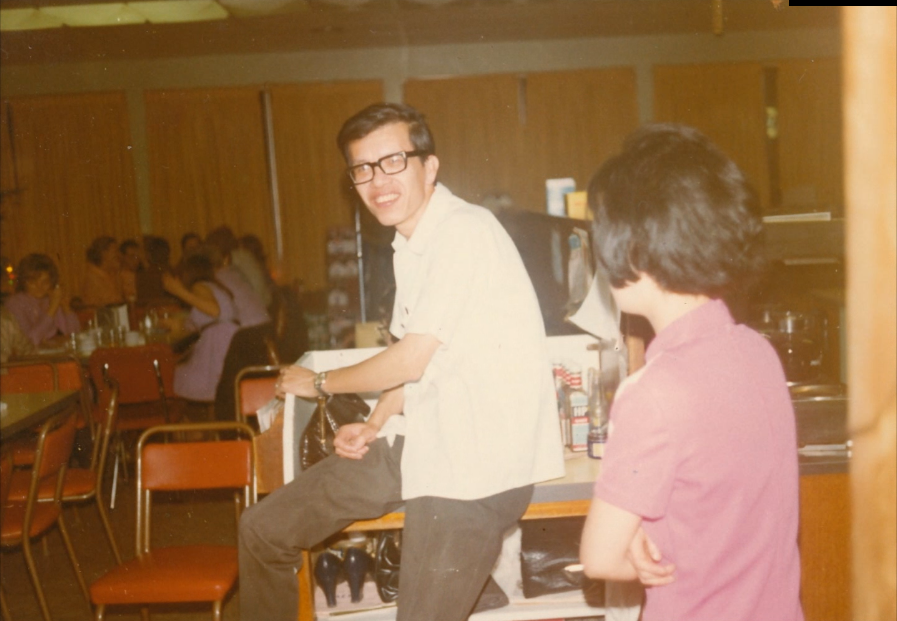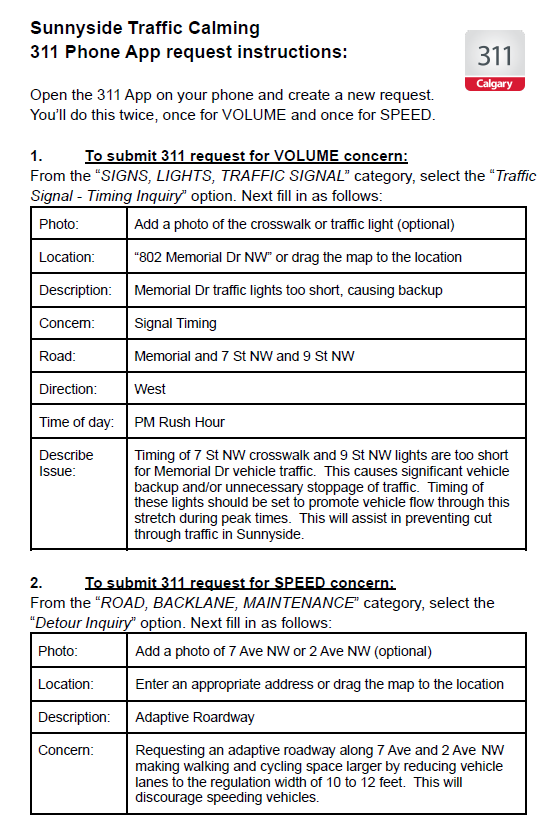Submitted by Sunnyside Resident Tim S.
One of the largest barriers preventing city residents from truly embracing cycling as a mode of transportation is theft! We may ride our bicycles on Calgary pathways and streets for recreation and exercise, but are you ready to bike to Kensington and lock your wonderful wheels to the outdoor rack in front of your favourite shop only to have it stolen? While some will manage that risk with a good lock, many people still won’t do it.
When you stop and think about it that way, bike theft is not just an annoying crime that results in the loss of property; it is actually impacting the choices we make about personal mobility.
Bike theft is not exclusive to bikes locked in public spaces either. Every resident of Hillhurst Sunnyside either has first-hand experience or knows a neighbour who has had their bike stolen from their backyard, garage or apartment storage room.
What can be done to help prevent bike theft?
Shifter, a Calgary based YouTube urban cycling channel by Tom Babin, explored this topic in an episode posted in May 2021. In the video essay, Tom explores the various aspects surrounding bike theft and includes a great anecdotal story of a Sunnyside resident’s experience having his bike stolen multiple times. You really should check it out, the video is titled “There is a proven way to stop bike theft. So why are so few cities doing it?”
I won’t spoil the whole video, but will answer the question in its title: The one thing that really drives reduction in theft is when everyone voluntarily registers their bike on an anti-theft registry.
What is a voluntary anti-theft bike registry?
If you’ve never heard of it before don’t feel bad, they’re a relatively new concept, at least for Calgary. In June 2020 the Calgary Police Service (CPS) officially launched their partnership with the online registry Bike Index. The way it works is pretty simple. When the CPS recovers a stolen bike they look it up on Bike Index. If there’s a match they return it to the rightful owner.
What exactly are they looking up? Every bike has a serial number that is usually stamped on the bottom bracket as shown in the photo. When the owner registers their bicycle on the anti-theft registry, they enter the bike’s serial number to help uniquely identify it.
Prior to the partnership with Bike Index, the CPS reports they typically were only able to return a dismal 12% of bikes they recovered. In 2020, that rate almost doubled to 21.5% of recovered bikes. As more citizens register their bikes, the rate of return is expected to grow even further.
Returning stolen bikes is one thing, but how does registering your bike on Bike Index actually prevent theft?
Prevention happens by making it difficult for thieves to sell the bikes they steal. Bike Index accomplishes this by providing search access to everyone. That’s right, the ability to look up the status of a bicycle serial number is not an exclusive thing only available to police. It’s available to anyone with an internet connection. That means if you are considering buying a used bicycle, you can and should look up the serial number on bikeindex.org from your smartphone to quickly determine if the bike has been stolen.
You can also look up bicycles that you have found abandoned in the neighbourhood and see if they’ve been registered or reported stolen. Bike Index even gives you an option to message the owner. If you are not comfortable doing that you may want to just hold onto the bike and contact the CPS non-emergency line at (403) 266-1234. The CPS is more than happy to pick up and process the bike.
As awareness of Bike Index grows in Calgary, and the practice of pre purchase serial number screening grows, it will become increasingly difficult for stolen bikes to be sold. Without the ability to re-sell their stolen bikes, thieves will start to give up on stealing bikes.
How effective have anti-theft registries been in lowering bike theft? The CPS has not yet published numbers to demonstrate the impact of Bike Index in Calgary, but in Vancouver where they have a similar partnership with 529 Garage, they have experienced fantastic results! Since its introduction in 2015, the Vancouver Police reports their city has experienced a 40% drop in bike thefts. More great results are expected in the future as more people register their bikes.
Here is your call to action:
If you own a bike, no matter how old or its perceived value, follow the advice of the CPS and register your bike on Bike Index. Registration is free, easy, and only takes a few minutes to complete.
Simply go to bikeindex.org, create your free account and add your bike(s) to your file.
From a privacy perspective, just like any online service, you should read the privacy policy for your own awareness, but know that Bike Index requirements for personal information are about as minimal as it gets. You only need to provide a name and your email address. All other personal information requested on the site is optional.
Once you’ve registered your bike, drop by any CPS station and request a free Bike Index sticker to affix to your bike. The tamper proof label is optional but if you choose to affix it to your bike it will let potential thieves know your bike will be more trouble than it's worth!
Should you run into the misfortune of having your bike stolen, your pre-registration means you are ready to quickly report it stolen. Changing the status of your bike to “stolen” on Bike Index is fast and will immediately inform anyone who searches for your bike that it is stolen property. Bike Index also tweets out all stolen bikes reported in the Calgary area from their @BikeIndexCalg Twitter account. Look it up to see the activity of stolen bikes anytime.
All stolen bicycles will still need to be reported to the CPS using their online form. Bike Index does not actively notify the CPS of stolen bikes in Calgary because, among other things, it does not require registrants to indicate their home city in their profile. It is also important to report all bike theft theft, no matter the value of your bicycle, because it ensures the extent of this nuisance crime is well understood.
For more information on the CPS partnership with Bike Index go to calgary.ca/cps and search “Bike Index”.



























